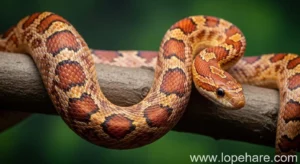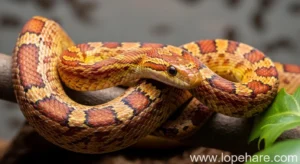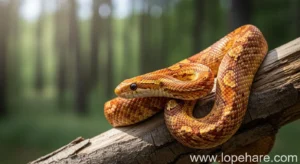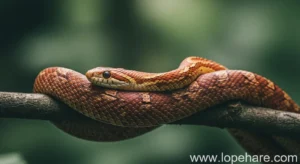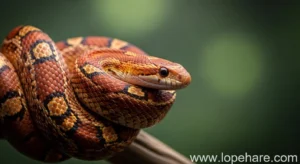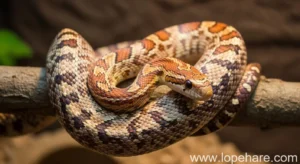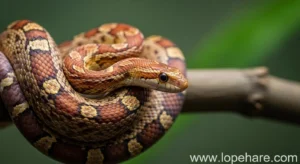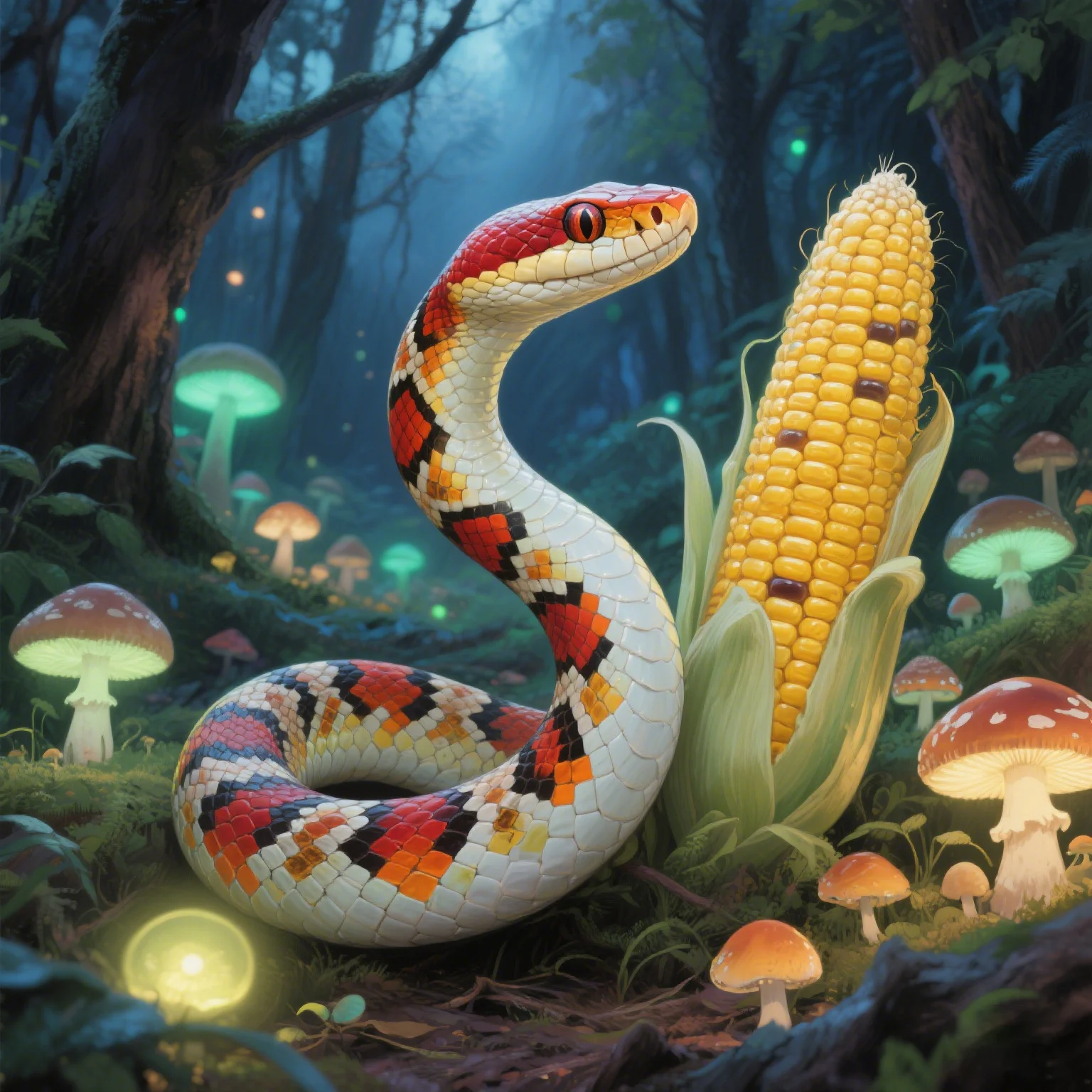
Reptile Husbandry
Choosing the Right Substrate for Your Corn Snake’s Habitat
Welcome to lopehare! As specialists in the fascinating world of small and unique pets, we often receive questions about setting up the perfect home for common yet captivating species like the corn snake. While they are considered relatively beginner-friendly snakes, one crucial aspect of their husbandry that deserves careful consideration is the choice of substrate. The right substrate isn’t just about making the enclosure look nice; it plays a vital role in humidity control, enabling natural behaviors, and maintaining hygiene. Let’s dive into how to pick the best bedding for corn snakes to burrow and thrive.
Why Substrate Matters for Corn Snakes
Substrate, also known as bedding or litter, forms the base layer of your corn snake’s enclosure. Its functions are manifold:
- Humidity Regulation: Different substrates hold moisture differently, which is essential for maintaining the proper humidity levels your snake needs for shedding and respiratory health.
- Enabling Natural Behaviors: Corn snakes are natural burrowers. A suitable substrate allows them to express this instinct, providing security, enrichment, and regulating body temperature.
- Waste Management: The substrate absorbs waste, making spot cleaning easier and helping to keep the enclosure hygienic.
- Aesthetics: While secondary to function, the substrate contributes to the overall look of the habitat, potentially mimicking a more natural environment.
- Insulation: It provides a layer of insulation, helping to maintain temperature gradients within the enclosure.
Choosing incorrectly can lead to respiratory infections, skin issues, impaction (if swallowed), and overall stress for your snake. Therefore, selecting a safe and appropriate substrate is paramount.
Popular Substrate Options: Pros and Cons
Several substrate types are commonly used and recommended for corn snakes. Each has its advantages and disadvantages.
Aspen Shavings
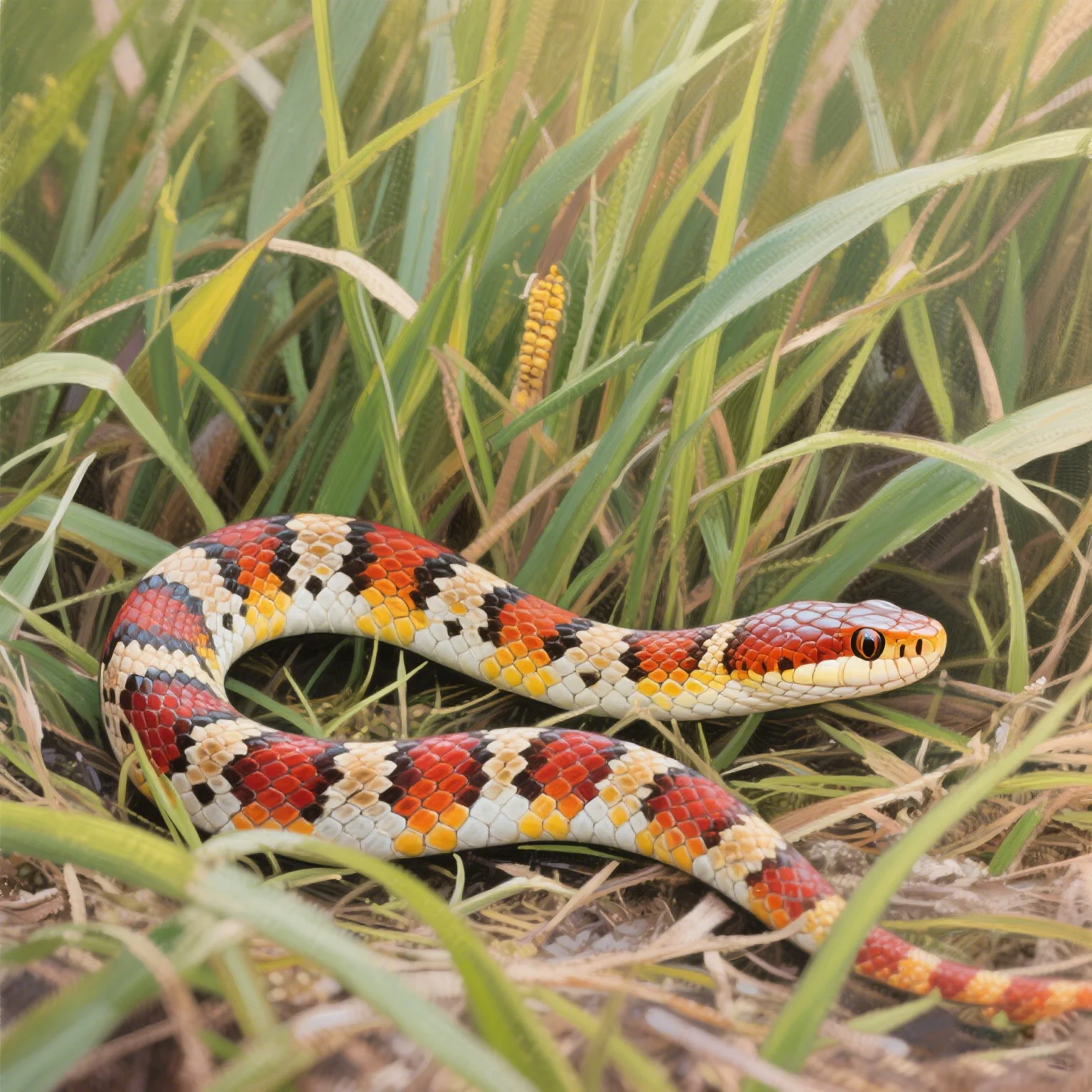
Aspen is arguably the most popular substrate choice for corn snakes, and for good reason.
- Pros: It’s widely available, relatively inexpensive, excellent for burrowing (it holds tunnels well), non-toxic, and easy to spot clean. It has low dust compared to some other wood shavings.
- Cons: It has poor moisture retention, making it challenging to maintain higher humidity levels if needed (though corn snakes are fine with moderate humidity). If it gets wet, it can mold quickly and should be replaced immediately.
Recommendation: Aspen is a great default choice for corn snakes, especially in drier climates or if you use a humid hide to assist shedding.
Cypress Mulch (e.g., Zoo Med Repti Bark, Exo Terra Forest Bark)
Often sold as reptile bark, this substrate is made from cypress or fir bark.
- Pros: It retains moisture well, making it good for helping maintain moderate humidity. It’s natural-looking and allows for some burrowing, though not as effectively as aspen. It resists mold well.
- Cons: It can be more expensive than aspen. Some brands might have sharp pieces, although reptile-specific mulches are usually screened. Spot cleaning can be slightly harder than with aspen or paper.
Recommendation: A good option if you need a bit more humidity than aspen provides. Ensure it is specifically sold for reptiles to avoid harmful treatments.
Coconut Fiber/Substrate (e.g., Eco Earth, Plantation Soil)
Derived from coconut husks, this comes in loose fiber or compressed brick forms.
- Pros: Excellent at retaining moisture, making it ideal for boosting humidity. It’s soft, good for burrowing, and natural-looking. It’s absorbent and helps neutralize odors.
- Cons: It can be dusty when dry. Maintaining a good balance can be tricky; too wet and it can become swampy. Impaction is a potential concern if swallowed, especially with finer grades or if the snake is fed on the substrate.
Recommendation: Can be used alone or mixed with other substrates (like cypress mulch) to balance humidity and burrowing properties. Be cautious when feeding on this substrate.
Paper-Based Options (Paper Towels, Newspaper, Butcher Paper, Pellets)
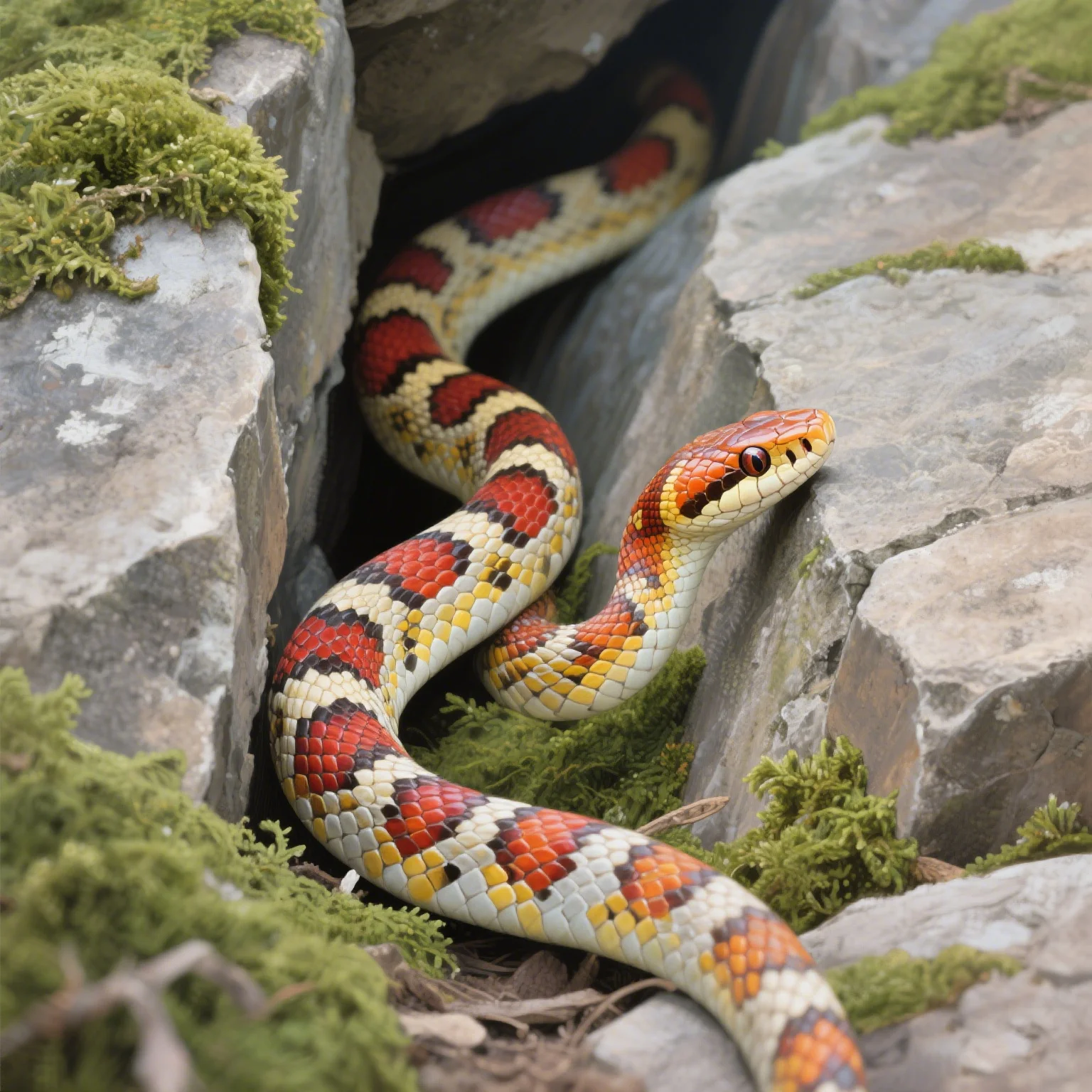
These non-particulate options are simple and hygienic.
- Pros: Very easy to clean and replace. Excellent for monitoring your snake’s waste for health issues. Cheapest option. No risk of impaction from the substrate. Ideal for quarantine enclosures or sick snakes.
- Cons: Doesn’t allow for burrowing, which is important for natural behavior and security. Doesn’t help regulate humidity. Less aesthetically pleasing for some keepers.
Recommendation: While not allowing for burrowing, paper is the safest and most hygienic option, especially for hatchlings, sick snakes, or during quarantine. Many keepers use it for the first few months before switching to a loose substrate.
Note on Humidity: While corn snakes are not rainforest species, they do require adequate humidity, especially during shedding. A humid hide filled with damp sphagnum moss or coconut fiber is often recommended regardless of the main substrate choice to provide a high-humidity microclimate.
Substrates to Absolutely Avoid
Some substrates are detrimental to corn snakes and should never be used:
- Pine and Cedar Shavings: These contain volatile oils (phenols) that are toxic to reptiles and can cause severe respiratory and skin problems.
- Sand: Although natural for some desert species, sand is inappropriate for corn snakes. It’s abrasive, difficult to clean effectively, and poses a high risk of impaction if ingested.
- Calcium Sand: Often marketed for reptiles, this is even worse than regular sand as snakes are attracted to ingest it, leading to severe impaction.
- Corn Cob Bedding: While absorbent, it can harbor bacteria and mold easily, and ingestion can lead to impaction.
- Artificial Carpet (Reptile Carpet): While seemingly easy to clean, it can harbor bacteria even after washing, nails can get caught in the fibers, and it doesn’t allow for any natural behaviors like burrowing.
Considering Your Corn Snake’s Needs
When making your final decision, consider:
- Age/Size: Hatchlings or very young snakes might be safer on paper towels initially to monitor health and feeding response and reduce impaction risk.
- Behavior: If your snake loves to burrow, aspen or coconut fiber is ideal.
- Your Climate/Humidity: If you live in a dry area, a moisture-retaining substrate like cypress mulch or coconut fiber might be more helpful than aspen.
- Ease of Cleaning: How much time do you have for maintenance? Paper is easiest for quick changes, while loose substrates require daily spot cleaning and periodic full changes.
- Cost: Aspen is generally the most budget-friendly loose substrate.
Setting Up and Maintaining Substrate
Once you’ve chosen your substrate, setting it up correctly is important:
- Depth: Provide enough depth for your snake to burrow completely, usually 2-4 inches depending on the size of the snake and enclosure.
- Initial Moisture (if applicable): If using cypress mulch or coconut fiber, dampen it slightly before adding it, but avoid making it soggy. Follow product instructions.
- Spot Cleaning: Remove feces and urates as soon as you notice them (daily check). This prevents bacterial growth and keeps the enclosure clean.
- Full Changes: The entire substrate should be replaced periodically. For aspen, this might be every 4-6 weeks. For moisture-retaining substrates or if there’s a spill, it might need changing sooner. Discard old substrate and clean the enclosure thoroughly before adding new.
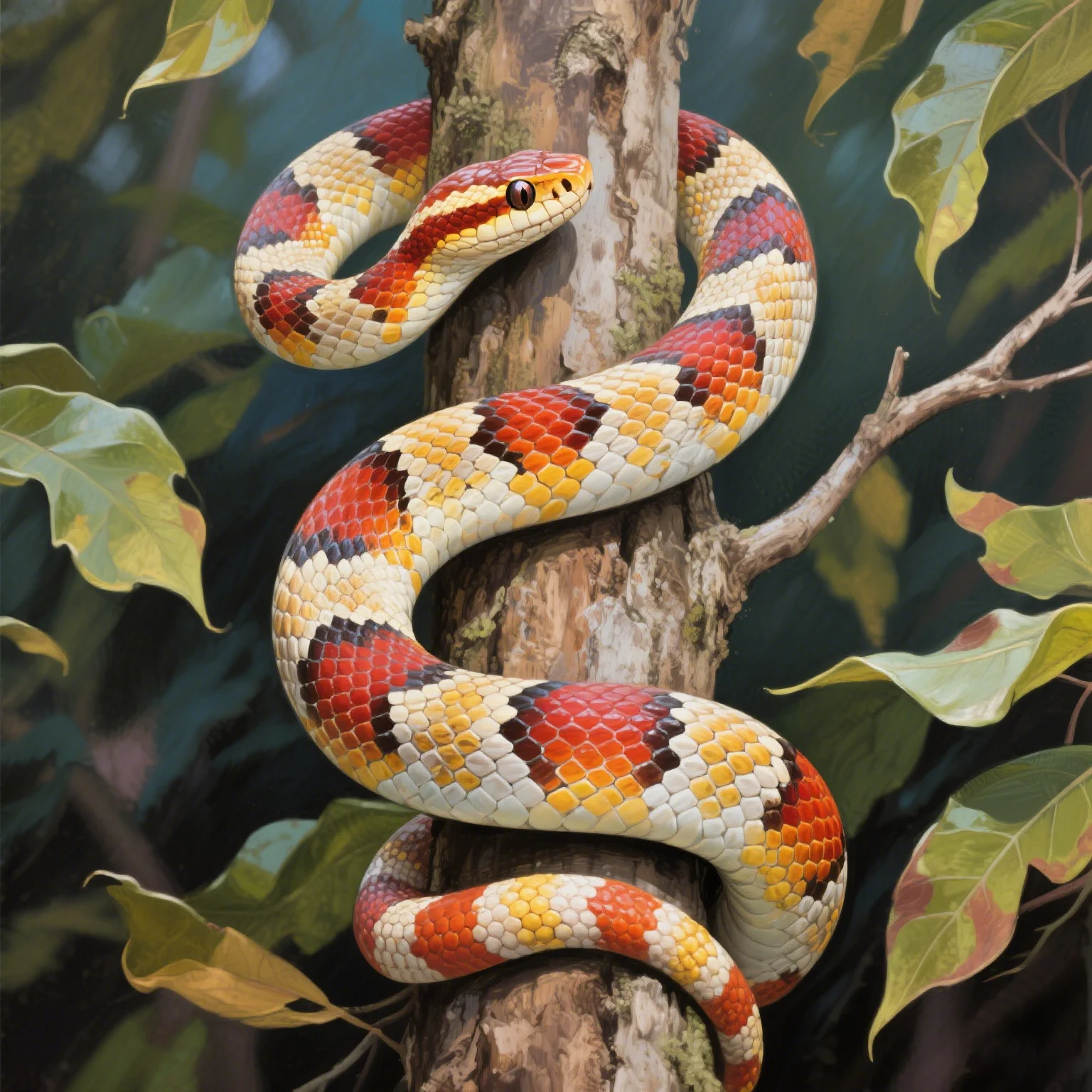
Conclusion: Making the Right Choice
Choosing the right substrate is a fundamental step in providing proper care for your corn snake. While there isn’t a single “best” substrate for every situation, aspen shavings are a solid, widely recommended choice due to their burrowing properties and ease of use. Cypress mulch and coconut fiber are excellent alternatives for those needing higher humidity, and paper products are indispensable for hygiene, especially with young or sick snakes.
At lopehare, our goal is to empower pet owners with the knowledge needed for successful husbandry. By understanding the purpose of substrate and the characteristics of different types, you can create a safe, stimulating, and healthy environment for your corn snake, ensuring they live a long and happy life in your care. Always observe your snake’s behavior and health, and be prepared to adjust environmental parameters, including substrate, based on their needs.
Remember: Good ventilation is crucial with any substrate, especially moisture-retaining ones, to prevent stagnant air and respiratory issues.
Citations:
- Humid hide – https://en.wikipedia.org/wiki/Humid_hide
- Substrate (biology) – https://en.wikipedia.org/wiki/Substrate_(biology)
